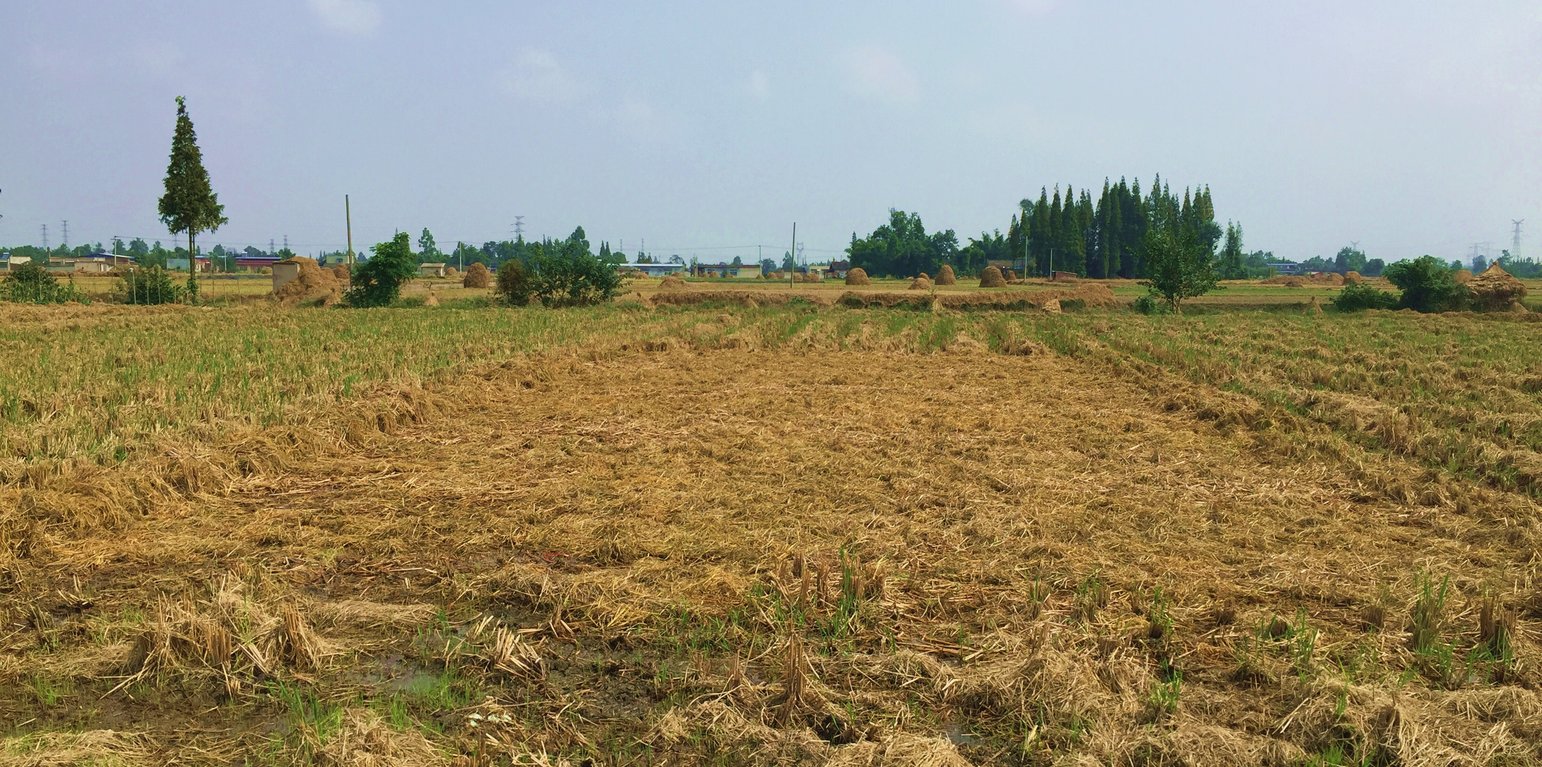



The SLM practice (straw mulching and no tillage) is applied in the Chengdu Plain Paddy Soil. The Chengdu plain has mild climate and abundant rainfall. It belongs to the warm humid subtropical Pacific monsoon climate zone.The main types of soil in the Chengdu plain are paddy soil and purple soil.The total land resources of the Chengdu plain are 1331800 hectares, and the per capita land resources are about 0.1044 hectares per person. In 2010, the total amount of cultivated land in the Chengdu plain was 478069 hectares, accounting for 35.90% of the area of the plain, accounting for 42.36% of the total area of agricultural land in the region, and the per capita arable land area was only about 0.0375 hectares. The Chengdu Plain is an important grain production base in Sichuan. Rice field-upland field rotation (rice - wheat, rice - rapeseed) is an important agricultural system.
On the case study area, the N, P and K fertilizers were applied as urea, calcium superphosphate and potassium chloride at the rates of 120-150 kg N ha-1, 75-120 kg P2O5 ha-1,and 75-120 kg K2O ha-1, during every crop. During crop season, the rate of 60% of N, 100% of P, and 50% of K fertilizers were applied as base fertilizer, while remaining 40% of N and 50% of K were used as top dressing fertilizer. The main measures of this SLM is rice straw or wheat straw mulching while havesting (leaving the straw after havest scattered on the field). Crops were harvested by a combine harvester (Kuotian combine harvester, model PR0488), then straw and stubble of crops were left at size of less than 20 cm in the field. The seeding of succession crop such as wheat and oil seed rape is done by a direct seeding machine. The land users are working eighter with a contractor or they use their own machines and labour force. The purposes of this technology were to increase production and improve soil fertility. Although plough layer can become shallow by long-term no tillage cultivation, more and more land users like this technology because it promises increased grain yield, reduction of fertilizers (and subsequently cost), and it improves soil physical, chemical and biological properties of soil. Thus, it is expected that the measures of this SLM-Technology ends up in improved soil moisture, higher diversity of soil life and finally soil fertility .
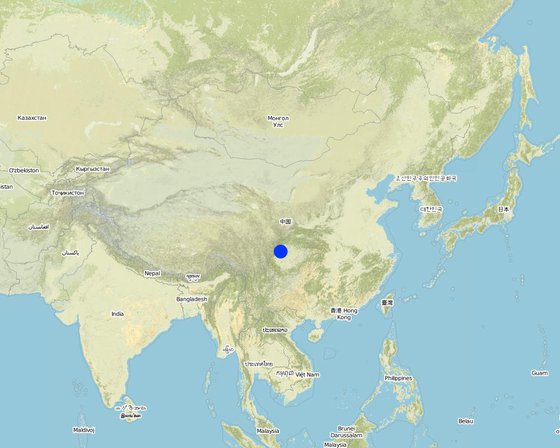
Lugar: Guanhan City, Wenjiang District, Chongzhou City, Basin plain, Chengdu, Sichuan, China
No. de sitios de Tecnología analizados: un solo sitio
Difusión de la Tecnología: distribuida parejamente sobre un área (approx. 100-1,000 km2)
¿En un área de protección permanente?:
Fecha de la implementación: 10-50 años atrás
Tipo de introducción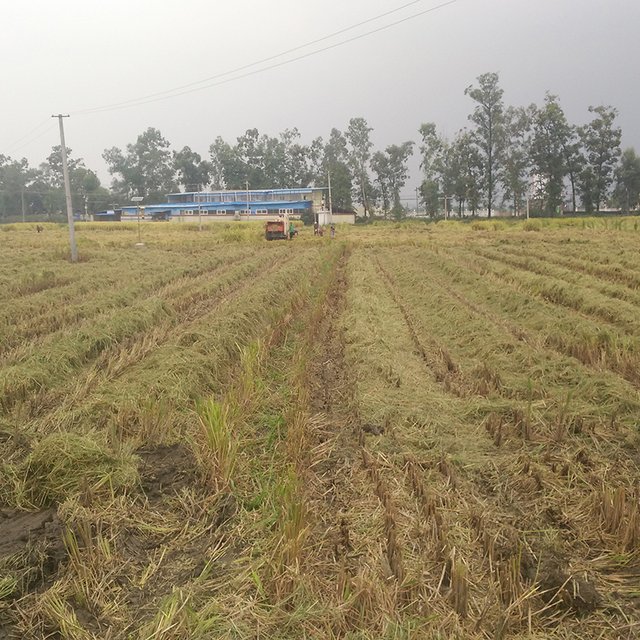
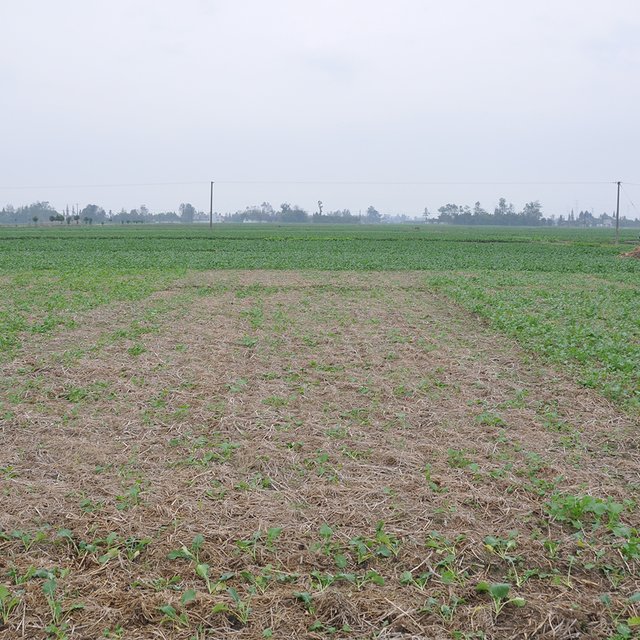




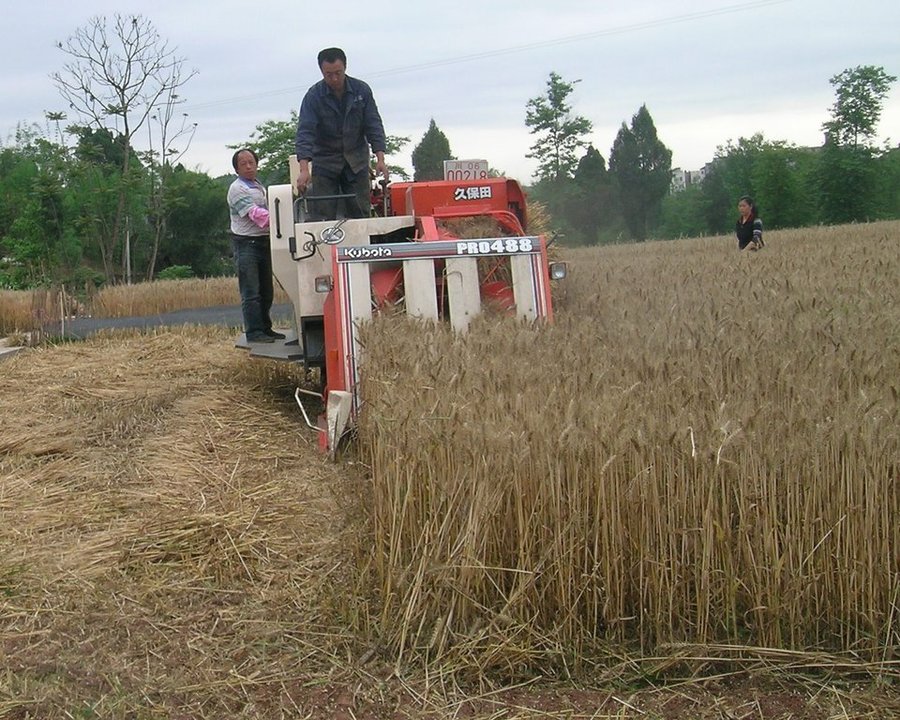
| Especifique insumo | Unidad | Cantidad | Costos por unidad (Renminbi (RMB)) | Costos totales por insumo (Renminbi (RMB)) | % de los costos cubiertos por los usuarios de las tierras |
| Mano de obra | |||||
| All reccurent labour (above) is done within the familiy* | person-day | 0,5 | 120,0 | 60,0 | 100,0 |
| Equipo | |||||
| harvester (machine from contractor without labour force)* | ha | 1,0 | 3000,0 | 3000,0 | 100,0 |
| Direct seeding machine (from contractor without labour force)* | ha | 1,0 | 1800,0 | 1800,0 | |
| Material para plantas | |||||
| seed (weat, rape) | kg | 120,0 | 2,0 | 240,0 | 100,0 |
| Fertilizantes y biocidas | |||||
| urea | kg | 280,0 | 3,0 | 840,0 | 100,0 |
| calcuim superphosphate | kg | 810,0 | 1,0 | 810,0 | 100,0 |
| potassium chloride | kg | 200,0 | 3,5 | 700,0 | 100,0 |
| Indique los costos totales para mantenecer la Tecnología | 7'450.0 | ||||
| Costos totales para mantener la Tecnología en USD | 1'128.79 | ||||
Cantidad antes de MST: 14.9 t ha-1*
Cantidad luego de MST: 15.5 t ha-1*
* yield for rape
Wheat yield were 6.3 t ha-1 before SLM and 6.7 t ha-1 after SLM, respectively. Rice yield were 8.6 t ha-1 before SLM and 8.8 t ha-1 after SLM, respectively.
No tillage is an important way to reduce cost by machine plough field. Less fertilizing work and amount of fertilizers by leaving straw on field (straw contains a large amount of C, N, P, and K)
Straw mulching can decreased demand for irrigation water, because water can be keep in the straw, and straw mulching on the soil also can reduced evaporation of water.
No tillage is an important way to reduce cost by machine plough field. Less fertilizing work and amount of fertilizers by straw return compared with no straw mulching (straw contains a large number of C, N, P and K. Therefore agricultural inputs can be reduced.
Do to better yield and reduction of costs.
Increased knowledge on the benefits of straw mulching by the land users.
Due to straw mulching, because the water can be kept in the straw and soil evaporation can be reduced to improved oil cover.
Due to the mulching by straw, the soil remain covered practically the whole year round.
Without ploughing the soil crusting can occur at long term use of the technology (findings from a long-term straw mulch and fertilization experiment was initiated in 2005 at Sichuan Academy of Agricultural Sciences Soil and Fertilizer Research Institute’s Guanghan agricultural experiment station in Sichuan province)
Without ploughing the soil gets more compact at long term use of the technology (findings from a long-term straw mulch and fertilization experiment was initiated in 2005 at Sichuan Academy of Agricultural Sciences Soil and Fertilizer Research Institute’s Guanghan agricultural experiment station in Sichuan province)
Due to mulching by rice straw (crop residues)
Due to mulching by rice straw (crop residues)
Due to mulching by rice straw (crop residues), soil life has increased.
Traditional burning of rice straw on the fields has been reduced, as straw is needed for mulching. Subsequently the C can be bound within the soil and will not be emitted into the air in form of CO2.
Traditional burning of rice straw on the fields has been reduced, as straw is needed for mulching. Subsequently the C can be bound within the soil and will not be emitted into the air in form of CO2.